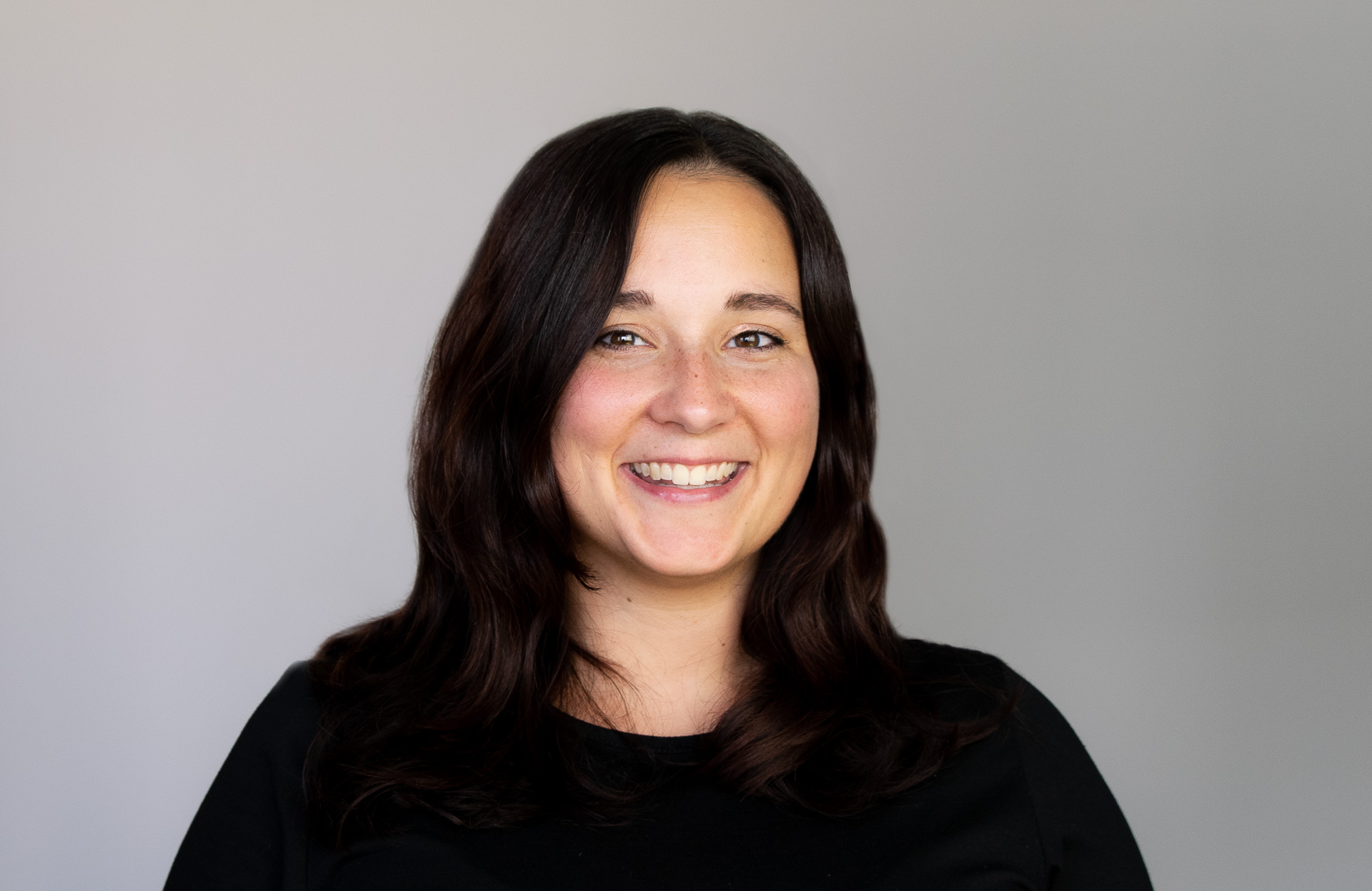Disaster philanthropy’s impact on mental health

How can we prepare more in a world that is always responding? This question is particularly daunting when you work in disaster philanthropy. There’s an intense amount of pressure when disasters happen. It comes from many places and spaces, whether from stakeholders, volunteer organizations, donors or the media. It often feels like the requests for guidance demand an immediate and detailed answer. Unfortunately, sometimes, there is no good quick answer.
And sometimes, immediacy isn’t a good thing. Ask our vice president, Regine Webster, and she’ll quickly remind you that 90 percent of giving occurs in the first 90 days after a disaster. Most of the funding supports immediate relief efforts. Little thought is given to supporting other disaster phases – like recovery and preparedness. Don’t get me wrong; it is admirable to want to respond immediately after a disaster strikes. And it is natural to act quickly because other people are reacting too. This phenomenon is often called the “bandwagon effect,” which can be caused by psychological, social and economic factors.
At CDP, we see this all the time. When a disaster makes headlines, everyone wants to talk about it immediately and earn the attention and support of as many donors as possible. Because those first five days after a disaster are critical in philanthropy, but this urgency tremendously impacts the mental health of those who work in disasters. The often unpredictable yet seemingly routine nature of disasters makes it difficult for those of us working in disaster philanthropy to find respite. And the danger of burnout is real.
Mental health first aid kit

When Devin Mathias, senior director of development, and I were in San Francisco in April meeting with several corporate philanthropic partners, an important question arose: Is there a mental health first aid kit for this kind of work? If there isn’t one, what should be in it?
As professionals working to help people impacted by disasters, we can and should be better about protecting our mental health. We should treat ourselves with the same compassion and care we show our grantee partners and communities disproportionately affected by disasters. We can help philanthropists respond efficiently and effectively when disasters occur and ensure that those same people take care of themselves as well.
In a world that is always responding, maybe we can prepare more by creating and utilizing a mental health first aid kit. Because by taking care of ourselves, we will be able to better care for others.
If I were to create a mental health first aid kit for people in disaster philanthropy, I would include the following tips:
- Take time to talk about how this work impacts our mental health and the mental health of those we serve. At CDP, we highlight the need to fund emotional and mental wellness support as part of long-term recovery efforts. My colleague, Cari Cullen, highlighted this in her recent blog post. Internally, we provide safe opportunities to express our feelings in 1:1 conversations and team meetings.
- Explore what relaxation tools, like affirmations, listening to music, practicing meditation or mindfulness, reading, exercise, doing something creative like painting or cooking, etc., work for you and utilize them daily. At CDP, having the flexibility of being in a remote-work environment makes it easier to practice these daily relaxation tools. If a remote-work environment is not possible, advocate for 10- or 15-minute breaks throughout the day to implement one of these tools.
- Counseling, group therapy or support groups are great ways to cope with situations that make you feel particularly stressed or anxious. At CDP, we have three free sessions we can utilize for therapy through BetterHelp. Also, our colleagues often share opportunities for community circles, which are safe monthly gatherings to cultivate kindness, appreciation, integration, healing and belonging.
- Even one day off can make a significant impact on a person’s mental health. At CDP, we are closed on Friday, May 26, in recognition of Mental Health Awareness Month. We can unplug and take an extra-long weekend to relax and recharge. We hope others will do the same.
- Set clear boundaries between work and home. Our boundaries are a critical component of living a happy life. At CDP, some boundaries we have include things like a 10-minute buffer between meetings, not scheduling meetings on Fridays, and respecting if people are offline during certain hours of the day.
- Regularly take the emotional temperature of those at work and at home. At CDP, I try to implement a “pulse check.” I want to ensure we are all doing okay emotionally and mentally. I ask for specific feedback if things seem like they are becoming more stressful or if there are potential issues that can make it more difficult to complete our work. I do the same thing at home. Ask: How are you feeling right now, and why are you feeling this way?
Implementing these suggestions may be easier said than done. In the United States, hard work and self-sacrifice are often valued above everything else. Taking time to care for your mental health may feel selfish and unnatural. But this work is critical to finding the energy and motivation needed to make the biggest possible impact on the communities we serve.
If you find yourself feeling burnout, compassion fatigue or secondary trauma, please reach out to someone and talk about it. Identifying these conditions is the first step toward addressing them and doing our work better and in a healthier way. And this is your invitation to reach out to me anytime if you are feeling these things. Because we all feel them at some point.
Additionally, CDP has some resources that can provide more information about mental health and disasters:
- Mental Health, Grief and Bereavement: A toolkit that highlights the intersection of mental health and disasters and explores ways to improve philanthropic support for mental health services throughout the lifecycle of disasters.
- Mental Health and Trauma issue insight: Contains key facts, examples of what funders are doing and suggestions for how to help.
